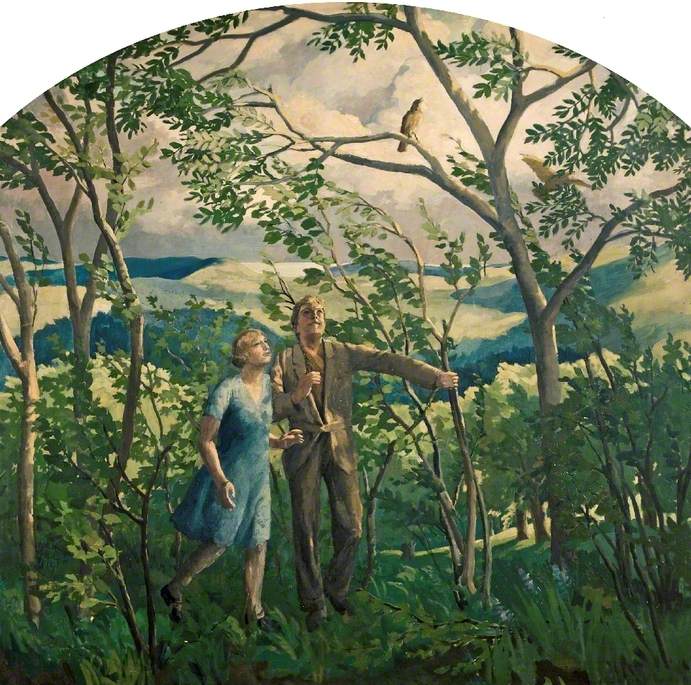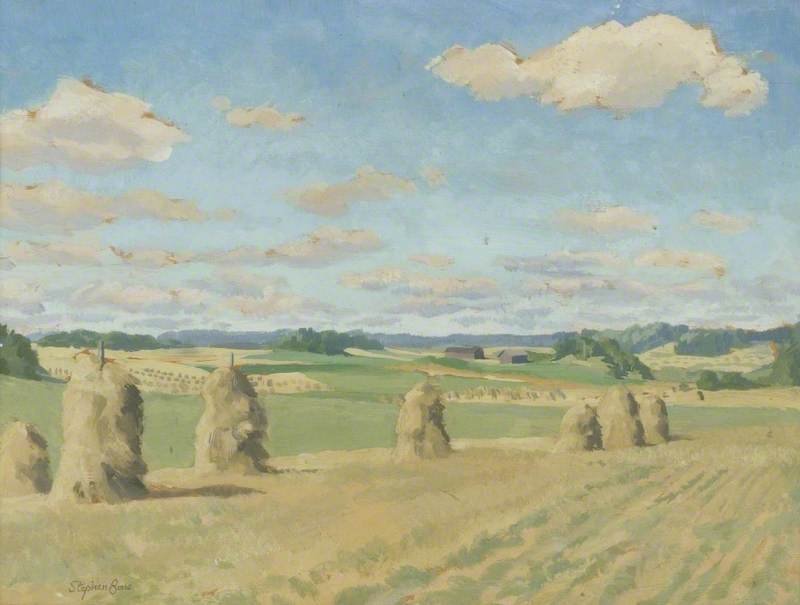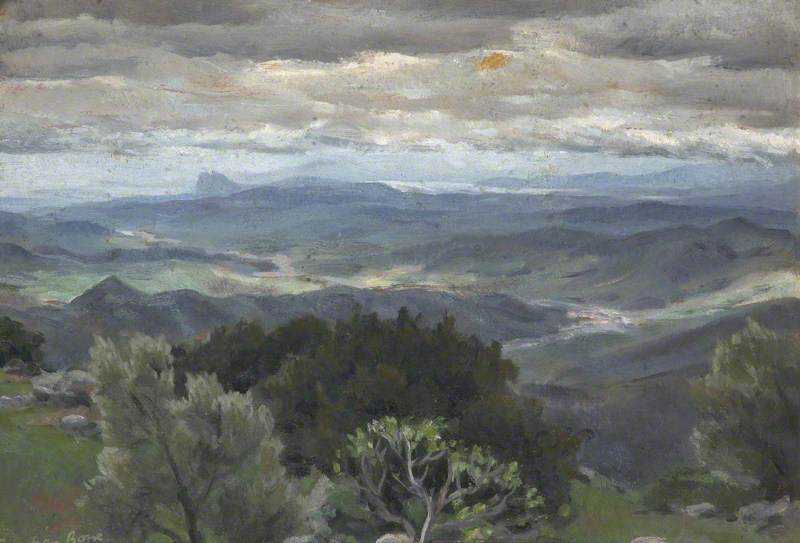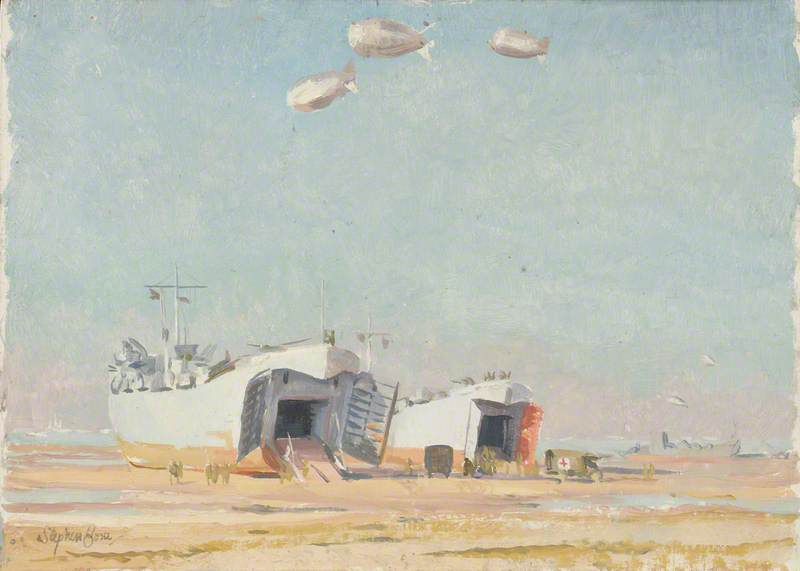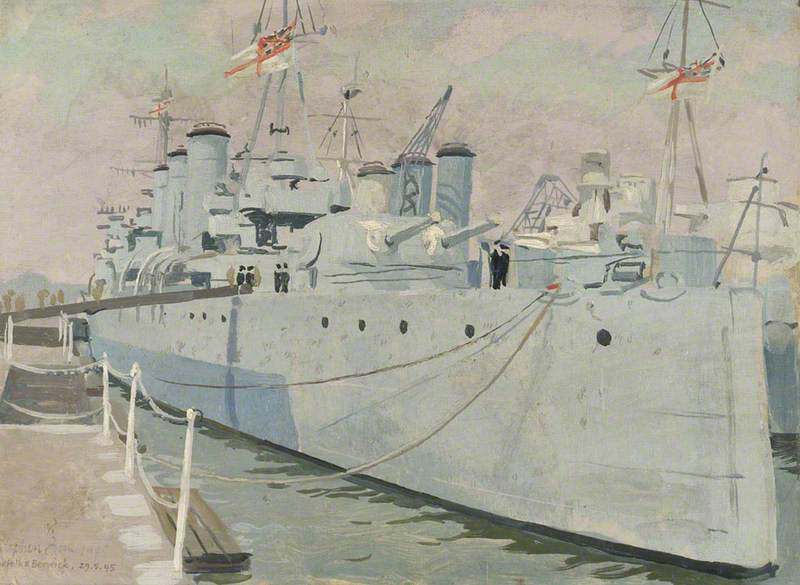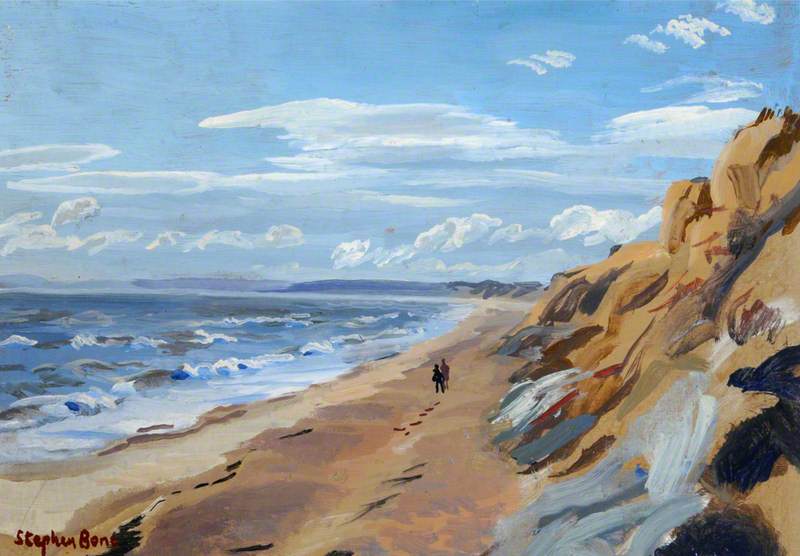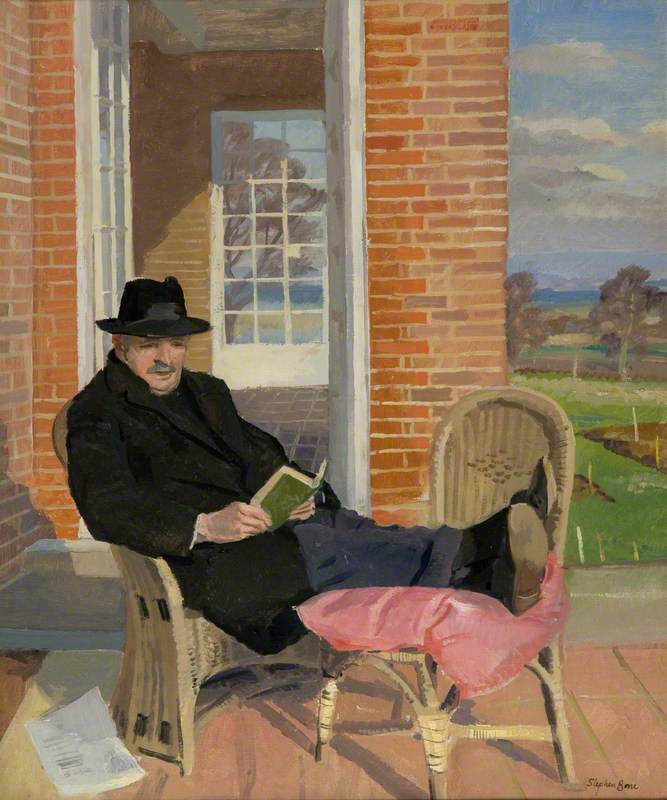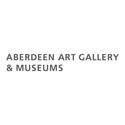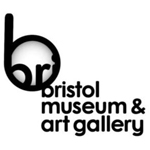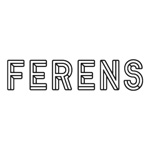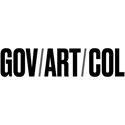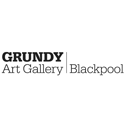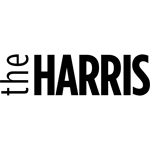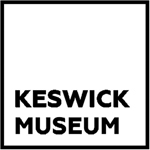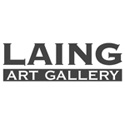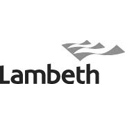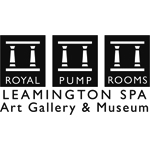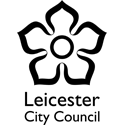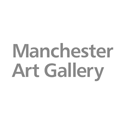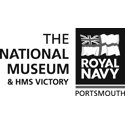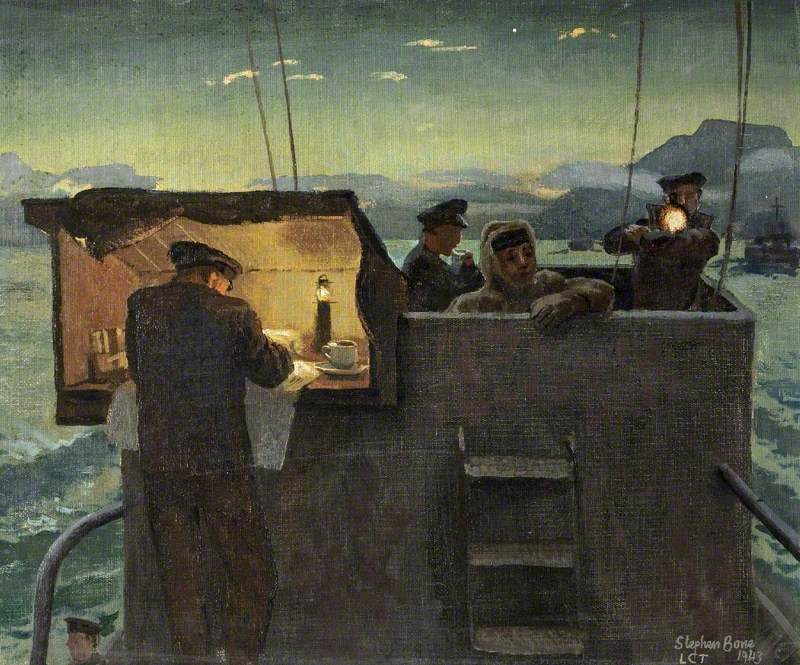
Tank Landing Craft: On the Bridge at Dawn 1943
Stephen Bone (1904–1958)
Russell-Cotes Art Gallery & Museum
Painter, wood engraver, illustrator, critic, broadcaster and writer. Born in Chiswick into a family of writers and artists. Stephen’s father was the painter Sir Muirhead Bone and Stephen married the artist Mary Adshead. After Bedales School he studied at the Slade School of Fine Art, 1922–4. From 1920 began showing with NEAC; won a gold medal for wood engraving at the 1925 Paris International Exhibition; in 1926 shared a show with Robin Guthrie and Rodney Burn at the Goupil Gallery; and two years later painted a decoration for Piccadilly Circus underground station (eventually replaced by advertisements). Travelled extensively with his wife in the British Isles and on the continent and exhibited widely in the 1930s, including Fine Art Society, Lefevre Gallery and Redfern Gallery.
Text source: 'Artists in Britain Since 1945' by David Buckman (Art Dictionaries Ltd, part of Sansom & Company)
